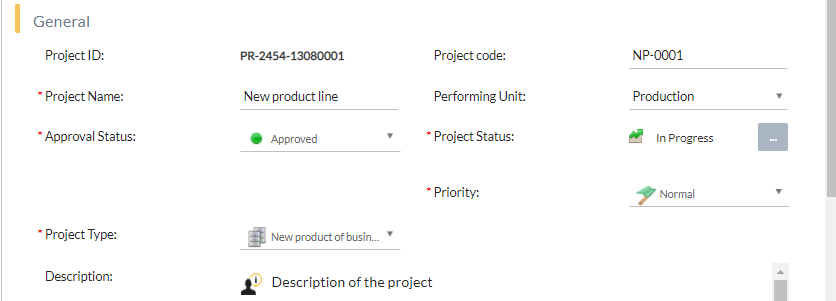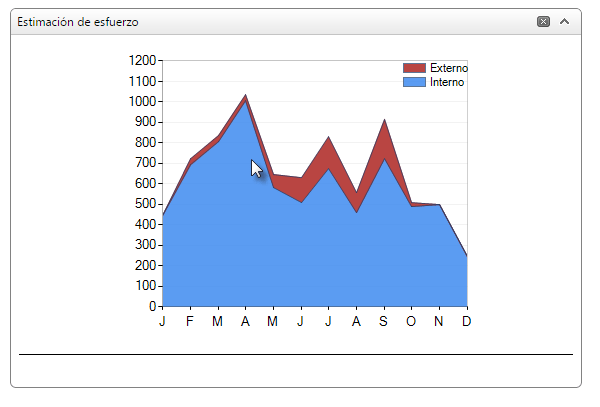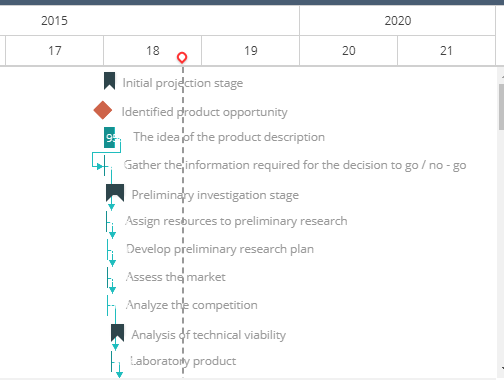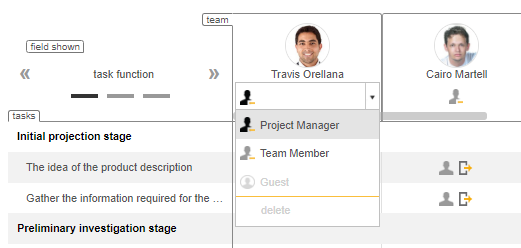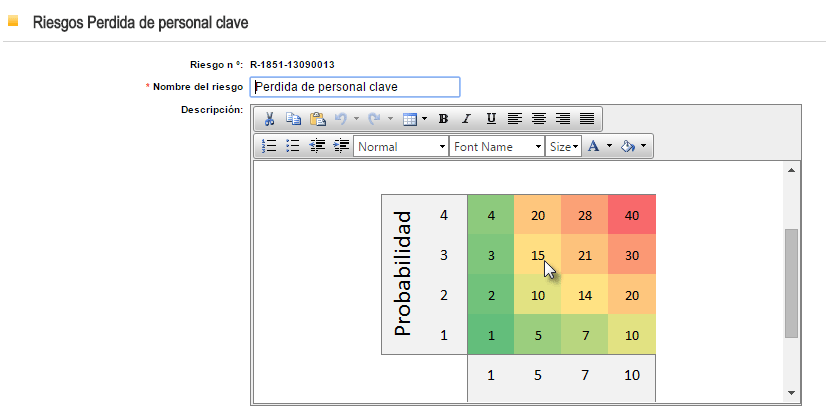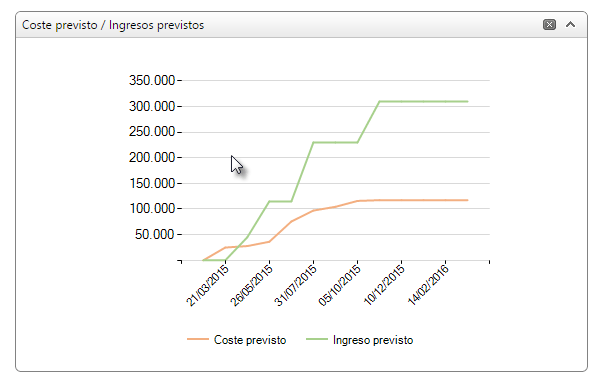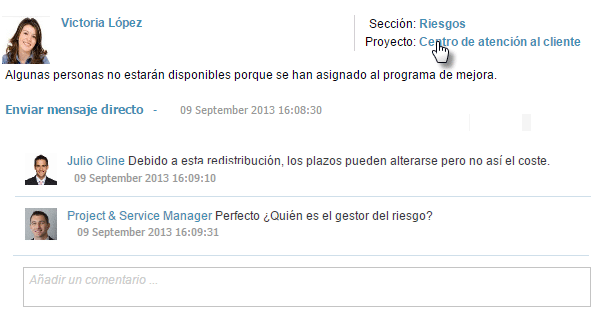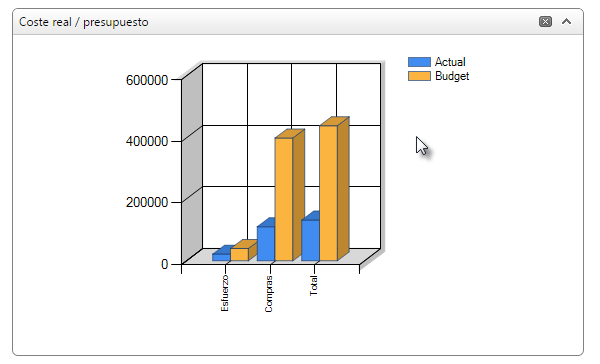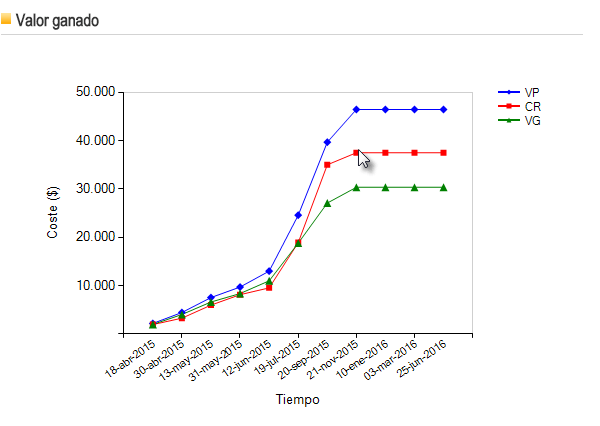A professional business is only as successful as the projects they do for their clients. Whether they are short or long term, making clients happy is the focus of the company. If projects fail, the business can lose their source of revenue. This, in turn, can end the business.
As your company continues to grow, the risks that come with not managing it effectively do as well. Right now is when you need to focus on avoiding three deadly project management mistakes that managers continue to make!

1. Failing to effectively communicate with clients
According to the results found in a recent study conducted by Accelo, communicating with clients is one of the most important influences that determine whether a project will be successful or not. Over 90% of the participants believed that e-mail is one of the top communication methods to be used while working on projects. The reason this may be the case is because many companies don’t have access to project management tools or softwares that provide them with alternative options. Therefore, they are left with less effective choices such as e-mail.
Solely relying on e-mail is stifles productivity because it creates silos between teammates. Project members have more difficulty quickly communicating with one another because e-mail is built for communication amongst only a few individuals, making it hard to share important information without creating long chains of communication.
As your team begins to grow and you have more work and projects in your hands, it will become increasingly problematic to try and keep track of all of the information being passed around and ensure everyone is aware of even the smallest project details. The solution isn’t to completely replace e-mailing. You should integrate a project management software that will work side-by-side with e-mailing by providing teammates with an alternative platform they can use for immediate communication and collaboration, saving e-mail for less urgent work.
2. Ineffectively tracking your budget
While the logical choice would be to connect a timesheet with your project management software to prevent this from occurring, only 30% of managers choose to do so. That’s right, once again Accelo found that approximately 69% of companies are left in the dark by manually calculating the time and budget needed to complete a project. This can easily lead to long delays and financial catastrophic failures for projects.
Even though this may seem to only impact individual projects, it has the potential to do damage to the entire firm in the future. Projects will need to be consistently monitored with the help of a project management tool. It’s important to understand how your budgets are impacting project success and whether or not the project is profitable. Knowing this information will be extremely beneficial when planning sales approaches for future projects.
Since payroll is one of the biggest expenses for most companies, losing track or creating an inaccurate picture of employee resources and time can be catastrophic. As a project manager, you have to make sure you do not take on any new projects or clients without knowing how much staff you have. Employees can easily end up overworked and stretched to their limits, missing deadlines and exceeding budgets.
3. 3. Not managing all projects- even the short ones
For the most part, professional services have relatively short projects that need to be done. The majority can often be completed in under 3 months. However, this creates a common misconception that short-lived projects require less effort and have a small impact on the company if they fail. In return, over 27% of service projects end up going over budget. And since Accelo found that the average profit margin of firms is approximately 15% per project, this would mean that failing at a single project could wipe out all revenue and profitability for that company for an entire year. All in all, the business would need to then have two successful projects in order to make up for the money lost in the unsuccessful one.
All growing businesses need to take a step back and re-evaluate their project management team. See if any changes need to be made and consider implementing new technology into the business to help ensure success in the long run.
Related blogs on ITM Platform:
The Monte Carlo Method in Project Management
Three disastrous project management failures
The project in the face of adversity: what should a project manager do?
What is the Virtual Sock Management or Periodical Online Management?
Isidora Roskic-Blogger ITM Platform

